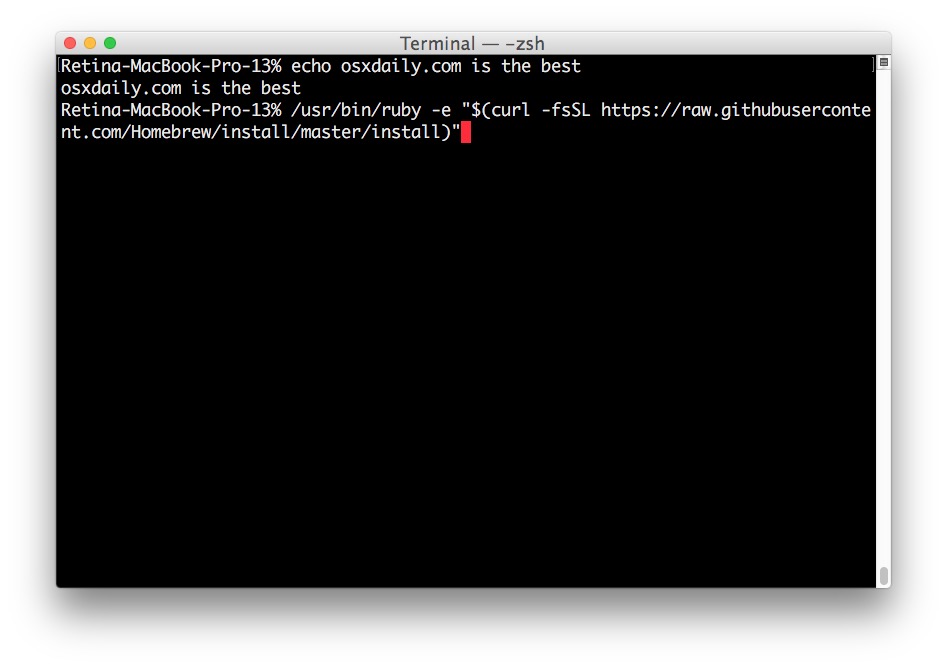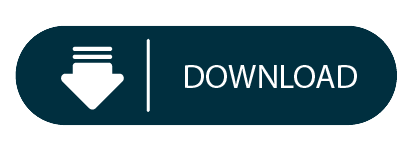Global Nav Open Menu Global Nav Close Menu; Apple; Shopping Bag +. Wget is a robust command line application for downloading URL-specified resources. It was designed to work excellently even when connections are poor. Its unique feature, compared to curl which ships with macOS, for example, is that it is non-interactive so it can run in the background.
This is driving me nuts... Whenever I try to use wget for some sort of mirroring type recursive download, it just downloads the specified url and quits if I give it ANY arguments with comma separated lists. If I don't give it any lists, it works, but since I couldn't give it a list, it doesn't do what I want. I even suspected a bug with version 1.5.3 (which is included with OS X,) so I downloaded version 1.6 and compiled it. I still didn't have any luck. Can some wget expert point me in the right direction? What am I doing wrong?
The wget command is used to download files from the web and is one of the most useful commands around. But while it comes included with most distributions of Linux, it is not built into Mac OS X by default. Therefore, let’s look at installing wget.To get started, install the developer tools for Mac OS X so that you can get a working copy of a compiler (gcc). Once the developer tools have been installed, you’ll want to download the latest version of wget from gnu. To do so, either download it manually from http://www.gnu.org/software/wget or use the ftp command to do so for you:ftp ftp://ftp.gnu.org/gnu/wget/wget-latest.tar.gzNext, extract the tar file using the tar command:


tar -xvzf wget-latest.tar.gzYou will then have a directory called wget- followed by the version of wget you just downloaded (currently 1.12). Let’s cd into that directory:
cd wget-1.12Then run the configure script:
./configureThen make the installer:
makeThen run the installer (with elevated privileges:

make installYou will then have the wget command located in /usr/local/bin/wget. To use it, simply use wget, followed by the path to the file you’d like to download using the –tries option:
Wget Mac Os X Downloads

Wget For Mac Os
wget –tries=10 https://krypted.com//scripts/wget.sh
Wget Mac Os X Download 10.11
There are a lot of options for wget, but some that I use more than others include –user= and –password=, which allows you to authenticate to a host by specifying a username and a password (respectively of course) and –limit-rate, which funny enough, let’s you throttle the speeds of transfers so as not to saturate your bandwidth. I also frequently need to use the -r operator, which allows for recursive downloads and the -o operator which outputs to a log file. Overall wget is one of the most useful commands around, and hopefully after reading this you’ll download it and get used to using it (if you weren’t already).